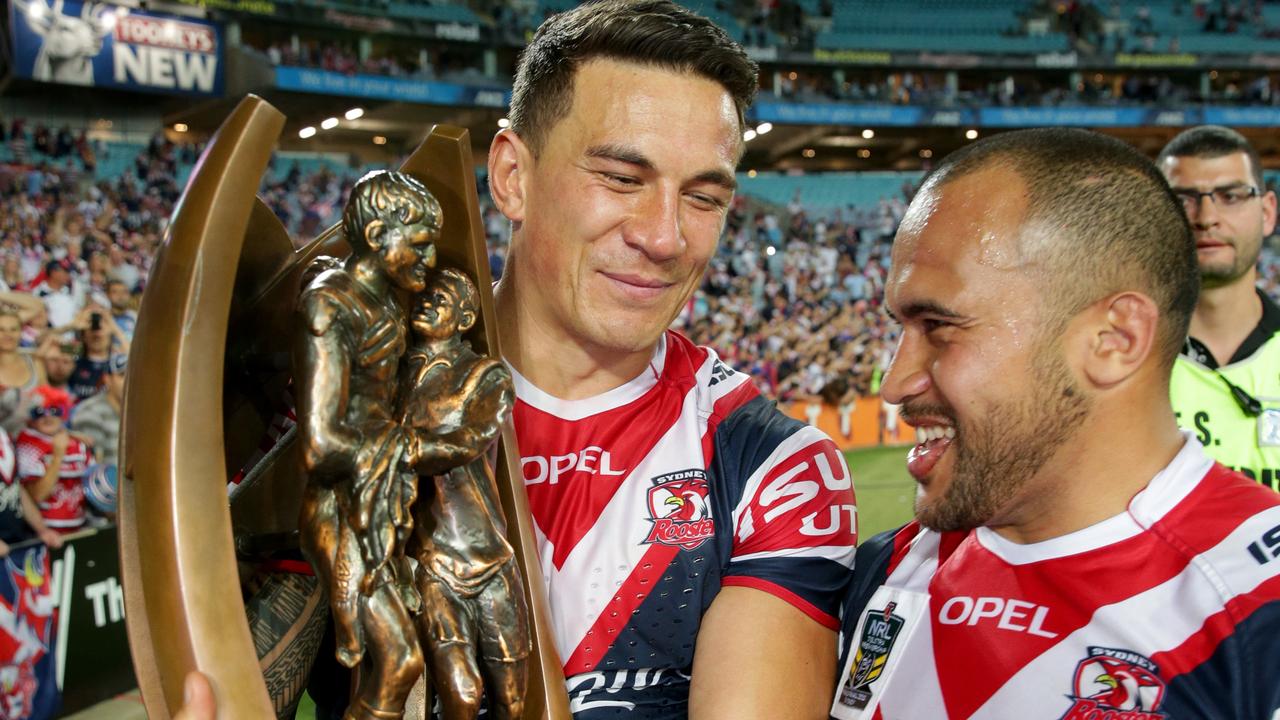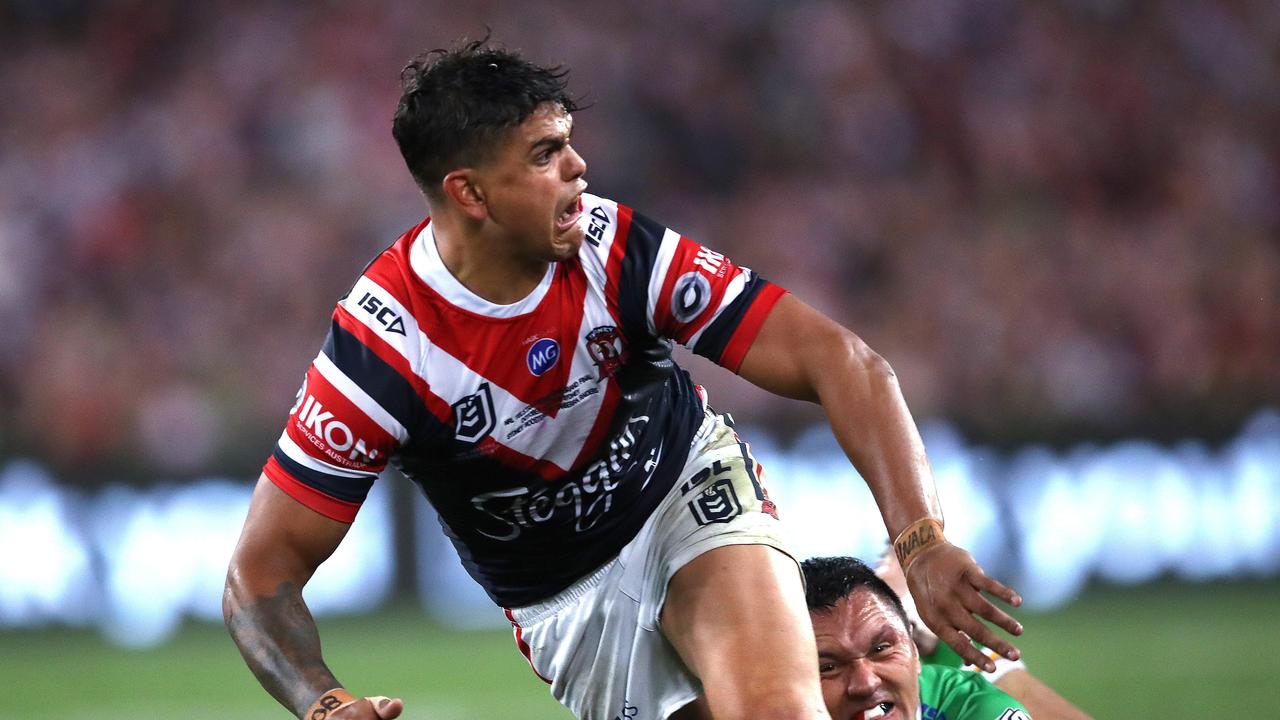NRL to investigate salary cap crackdown on club budgets as code confronts $42 million debt crisis
THE NRL is investigating a salary cap crackdown on club budgets as the code confronts its $42 million debt crisis.

NRL
Don't miss out on the headlines from NRL. Followed categories will be added to My News.
THE NRL is investigating a salary cap crackdown on club budgets as the code confronts its $42 million debt crisis.
NRL clubs are facing the most significant budget probe in their history, with the NRL to consider installing a payment ceiling for spending on football departments.
The AFL introduced an “equalisation tax’’ two years ago in a bid to curb a widening gulf in the spending habits of that sport’s richest and poorest clubs.
The NRL is exploring a similar model that would see each of the 16 clubs precluded from exceeding a nominated figure for spending on their football department.
NRL head of football Todd Greenberg said the club-wide salary cap could be in place by 2018, working alongside the existing salary cap which regulates how much can be spent on a club’s playing roster.
Under the radical plan, the NRL would monitor every cent spent on a club’s overall football set-up, including their head coach, his assistants and their high performance units.
The 16 NRL teams were revealed to have lost a whopping $42m last year, evidence some clubs are spending beyond their means in pursuit of a premiership.
Greenberg has flagged the issue of a further NRL salary cap crackdown to prevent a handful a cashed-up clubs dominating the competition.
“It’s a very complicated discussion,” Greenberg said. “Part of the discussion with the clubs and the game is having a working group to look at how we could have some form of salary cap attributed to football departments in clubs.
“That working group will form this year and we’ll start working through what that cap will look like.

“One of the great strengths of the NRL premiership is the evenness of the competition.
“Some sports don’t enjoy that. We don’t want to take that (evenness) for granted so we’re making sure we’re looking at correlations between football department spends and performances.
“The clubs are open for that discussion, as are the NRL, so we will do that together.
“If we were looking to bring in (a salary cap on football departments), it would happen in 2018 so it’s a discussion that will happen over the next 24 months.”
The AFL’s equalisation tax has had dramatic results. Four major clubs, including Collingwood, slashed more than $6m from their budgets this year to avoid paying a 75 per cent “luxury tax’’ for breaching a $9.3m threshold.
The Broncos are one of the richest NRL clubs, spending $16.5m on their football department in 2014. It is understood Queensland rivals the Titans are the poorest with a $10m budget.
Titans boss Graham Annesley backed moves to introduce a salary cap on football department spending.
“There is quite a disparity between the top clubs and bottom clubs,” he said.
“I’m not supportive of it just because the Titans are the lowest spenders. I would support this salary cap in the overall interests of the future of the game.
“We need to keep the gap between the top and bottom clubs manageable.
“I don’t think anyone agrees with stifling innovation or success but we have to make sure we don’t end up with the haves and have nots, where only three or four clubs dominate the competition.
“People won’t pay money to come through the turnstile if they think their club can’t win, it’s as simple as that.’’
More Coverage
Originally published as NRL to investigate salary cap crackdown on club budgets as code confronts $42 million debt crisis




